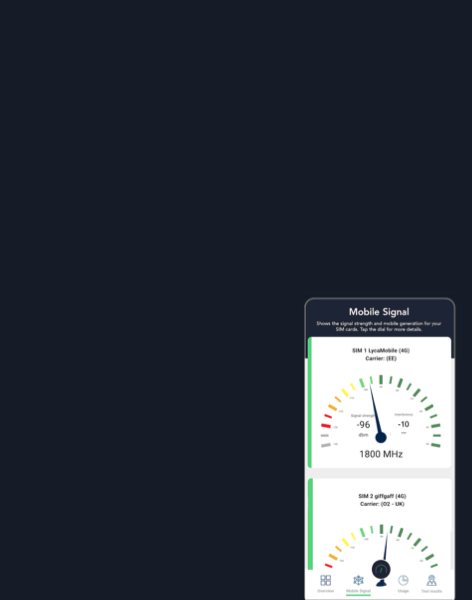Band profiles updated following WRC-23
Many WRC-23 decisions directly affected the bands monitored by PolicyTracker as part of the Spectrum Research Service.
At WRC-23The World Radiocommunication Conference (W…, a good deal of the negotiations focused on specific bands. The 6 GHz band was perhaps the most obvious example; this was a band that the mobile and Wi-Fi industries were both intensely interested in.
Eventually, the conference agreed on three separate IMTInternational Mobile Telecommunications (I… identification footnotes in the band.
There were also three extra spectrum allocations for High Altitude IMT Base StationsHIBS or High Altitude IMT Base Stations ar… (HIBS): 694—960 MHz, 1710—1885 MHz and 2500—2690 MHz.
There was a compromise on a UHF secondary mobile allocation whereby the broadcasting service was kept as the only primary service in the frequency allocation table in Region 1 (EMEA), allocating a primary mobile service to some countries and allocating a secondary mobile service to two lists of countries through footnotes.
These changes and others have now been included in updated versions of our band profiles. These are now available to PolicyTracker Spectrum Research Service subscribers.
The updated band pages are as follows:
